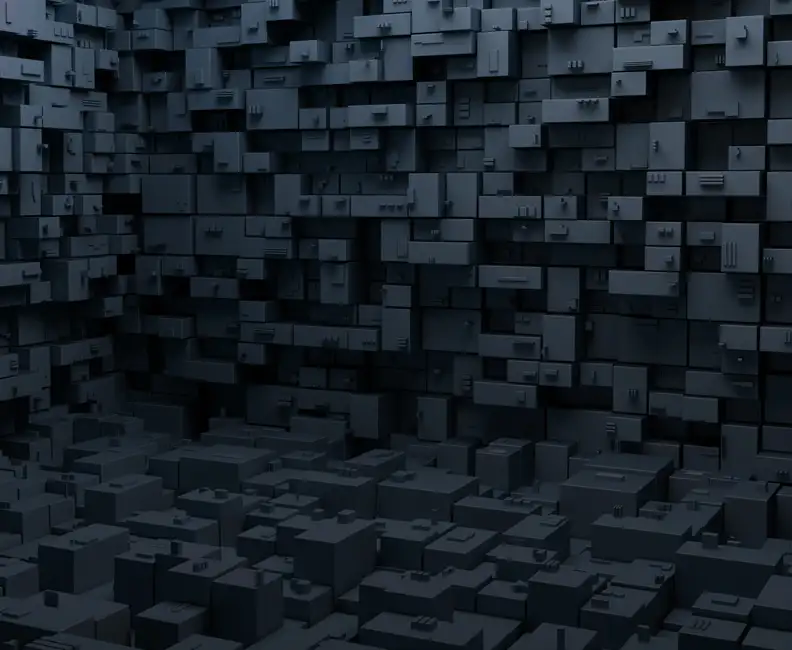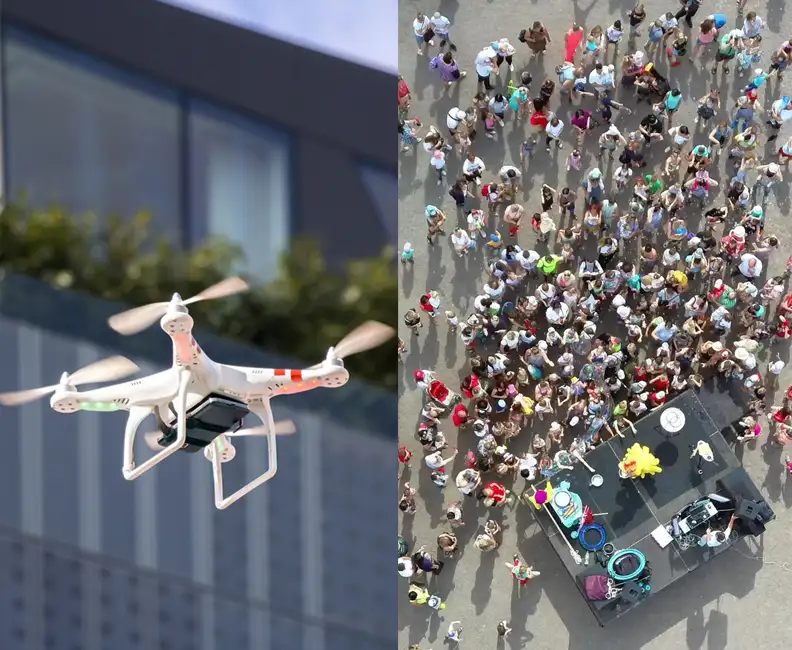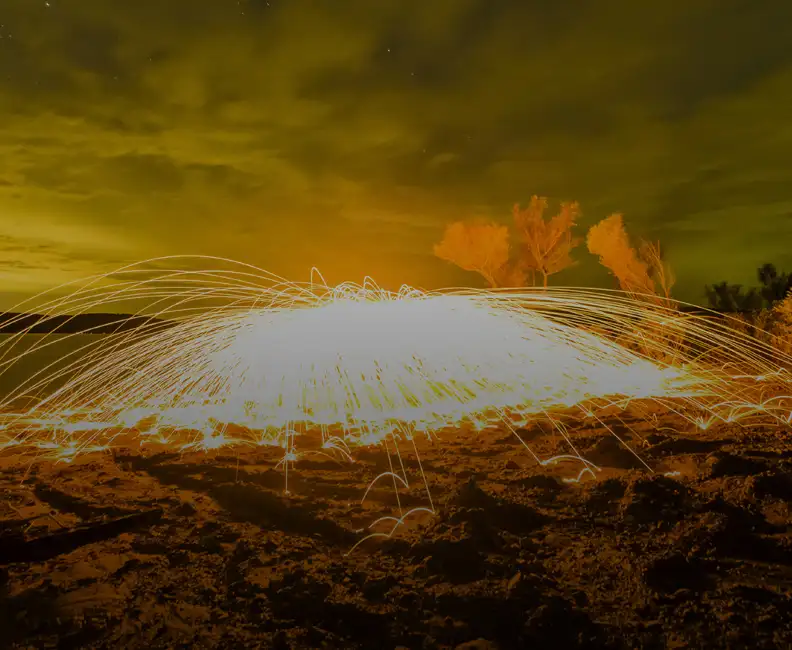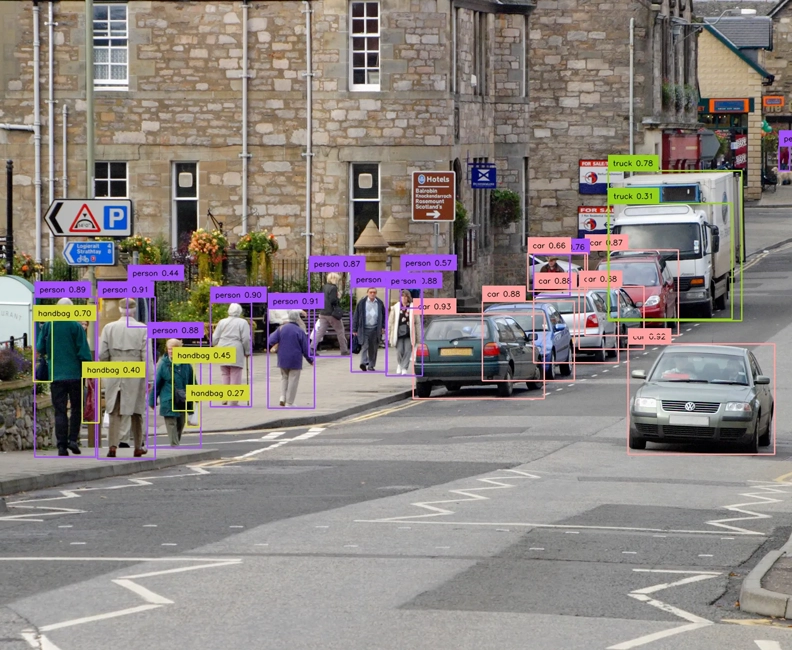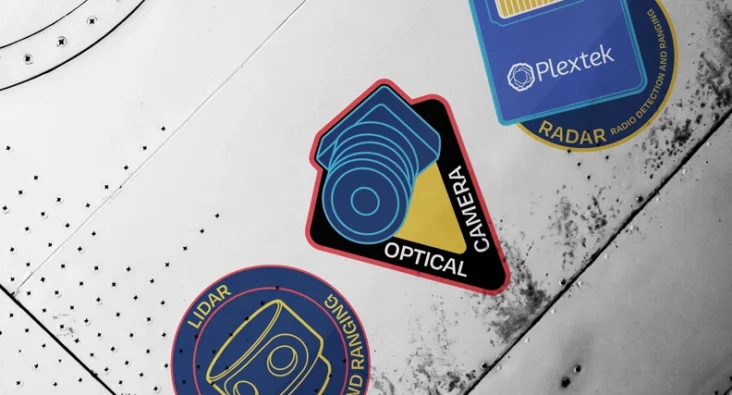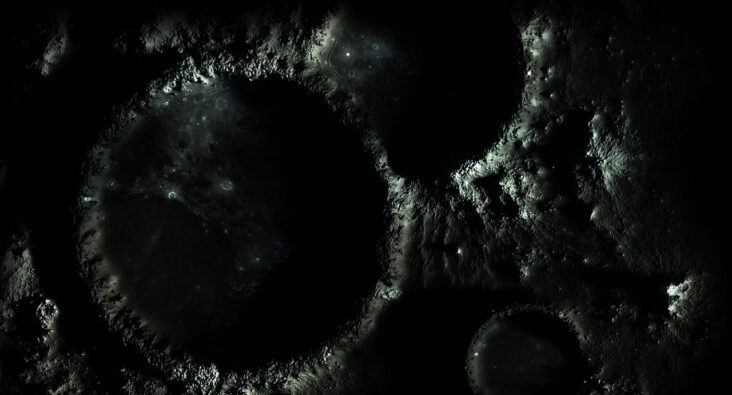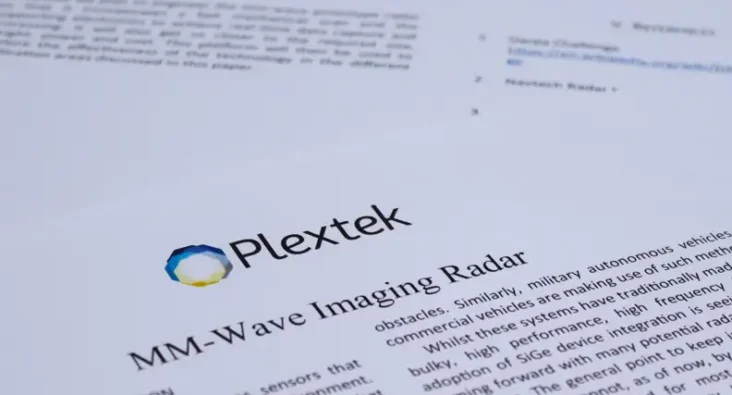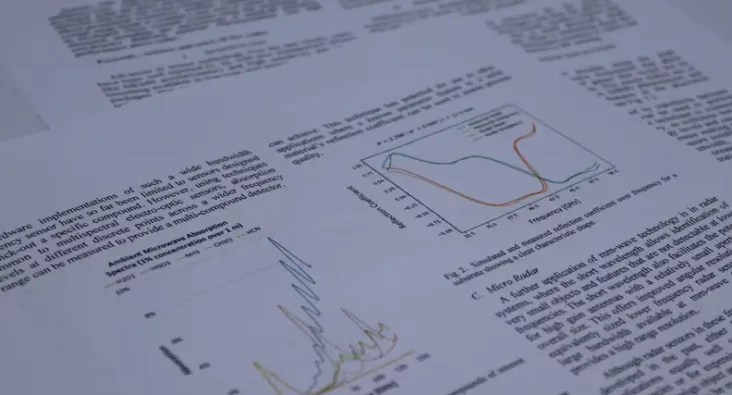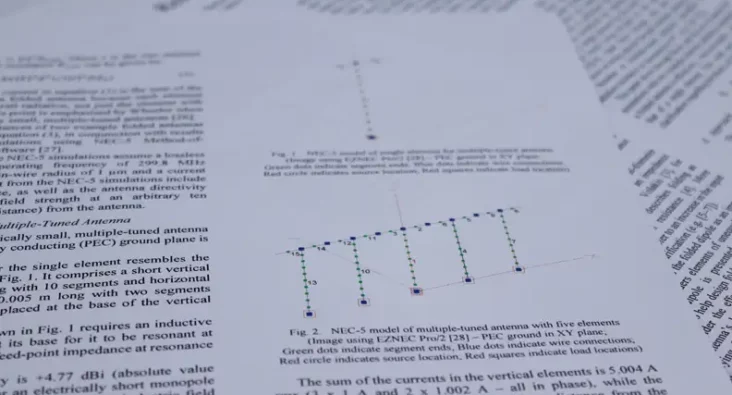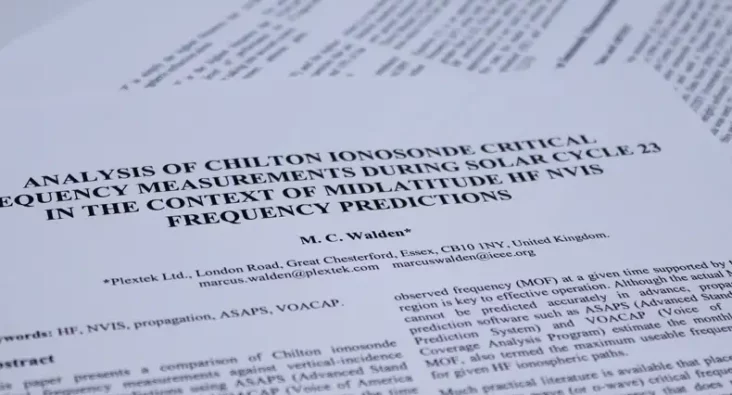
Written by Josip Rozman
Senior Consultant
Urban Challenges: Rapid RF Propagation Modelling
What are the considerations when attempting to accurately model Radio Frequency (RF) propagation in complex urban environments? First let us explore the current landscape and its challenges.
The Challenges
Urban environments pose a significant challenge for RF propagation modelling due to their complexity. In busy towns and cities, buildings act as signal reflectors and create shadow zones, while urban canyons cause channelling effects. RF signals in urban settings therefore do not suffer one-way loss via a simple spherical spreading mechanism – the path loss is more intricate and multi-faceted and a function of the precise geometry of the scene. This in turn makes accurate prediction of radio system performance in urban settings difficult – for example where to place base stations within a city to provide comprehensive cellular coverage.
Traditional solutions
Traditionally, Urban RF propagation modelling has been conducted through methods like the log-distance path loss model – which is a simple empirically-derived equation. However, these conventional solutions often fall short in accurately capturing the complexities of urban environments. For instance, the log-distance model offers a quick but inherently flawed approach due to its simplicity. On the other hand, physics-based methodologies like Ray tracing, Finite Element, Finite Difference and Transmission Line Matrix (TLM) models provide more accurate results but with significantly more computational complexity, making them very slow in comparison and limiting their scalability for larger areas.
The approach taken
To tackling the challenges of accurate but quick urban RF propagation modelling, a novel approach was developed based on a neural network image-to-image translation model. This innovative model leverages the Pix2Pix Generative Adversarial Network (GAN) architecture to process an image of the scene encoding the emitter and building locations. By doing so, it generates an RF propagation heat map that predicts the signal strength at each point within the scene, incorporating the environment geometry and transmitter location.
The benefits
The adoption of neural network image translation models for RF propagation modelling comes with a host of benefits. One of the most notable advantages is the significant speed-up it offers compared to traditional physics-based models whist retaining almost all the accuracy.
Future work for improvement
Future development work will be focussed on enhancing the area over which the RF propagation can be conducted and improving the models ability to accurately represent different material properties. Additionally, the current model is restricted to 2D modelling and we will look to incorporate full 3D modelling in the future.
What’s next?
This cutting-edge RF propagation model has real-world applications waiting to be explored. Clients across various domains can utilise this innovative solution to solve complex RF signal propagation challenges in urban landscapes. From urban planners optimising network coverage to telecommunications companies improving signal reliability, the applications of this technology are diverse and far-reaching. Embracing this transformative approach holds the key to unlocking unprecedented insights and efficiencies in the realm of urban RF propagation modelling.
Learn more about Rapid RF Propagation Modelling

Let’s talk
At Plextek, we are at the forefront of using neural networks and machine learning for solving complex RF problems, with exceptional in-house expertise and facilities. By partnering with Plextek, you gain access to our experience and industry-leading solutions, tailored to your specific needs.
Get in touch with us today to explore our pioneering RF propagation modelling technology and discuss your business challenges and aims.





